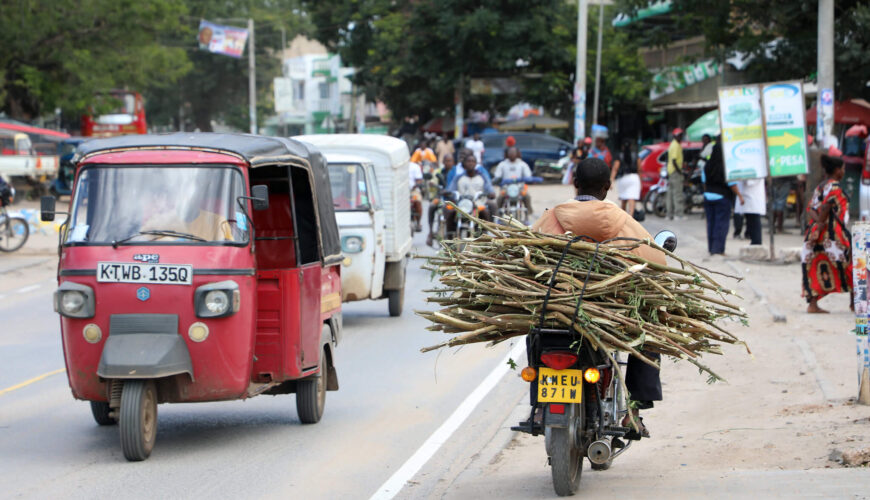In many settlements, a large number of households live, work in and depend on both rural
and urban ecosystems that sustain human life beyond political and administrative spheres.
The reciprocal and repetitive flow of people, goods and financial and environmental services
(defining urban-rural linkages) between specific rural, peri-urban and urban locations are
interdependent; they are the reality of socio-spatial arrangements, creating places with
distinct yet interwoven, socially constructed identities. From this emerges the possibility of
people- and place-based development along the urban-rural continuum, i.e. the promotion
of urban-rural linkages through “functional territories”4 that help to reduce regional
inequalities and increase resource efficiencies. Formulating and implementing policies, and
planning interventions that reduce territorial inequality and strengthen urban-rural
territories (including in smaller and island countries) could generate better and more
sustainable development results that will meet many of the goals and targets in the SDGs,
the NUA and other, parallel international agendas. Introduction
The adoption of a global goal for sustainable urbanization as one of the Sustainable
Development Goals (SDG 11) brought further attention to the topic of urban-rural linkages
in SDG target 11a. The benefits of investing in connective infrastructure and services, while
building capacity for inclusive and functional territories linking urban and rural
communities, are immense in all three areas of sustainable development: economic, social
and environmental. The emergence of territorial approaches to sustainable development
that includes small and intermediate cities, towns, villages and surrounding rural areas is
critical in managing a comprehensive, interlinked and truly participatory approach to
sustainable development. Urbanization and rural transformation6 can no longer be
addressed separately and the processes must be mutually reinforcing.
-
Address
Mobile: +254 (0) 708427153 Landline: 020 4913563 Address: P.O BOX 30197 00100 Nairobi
-
Curla Centre
Mon - Sat: 8.00 am - 5.30 pm

